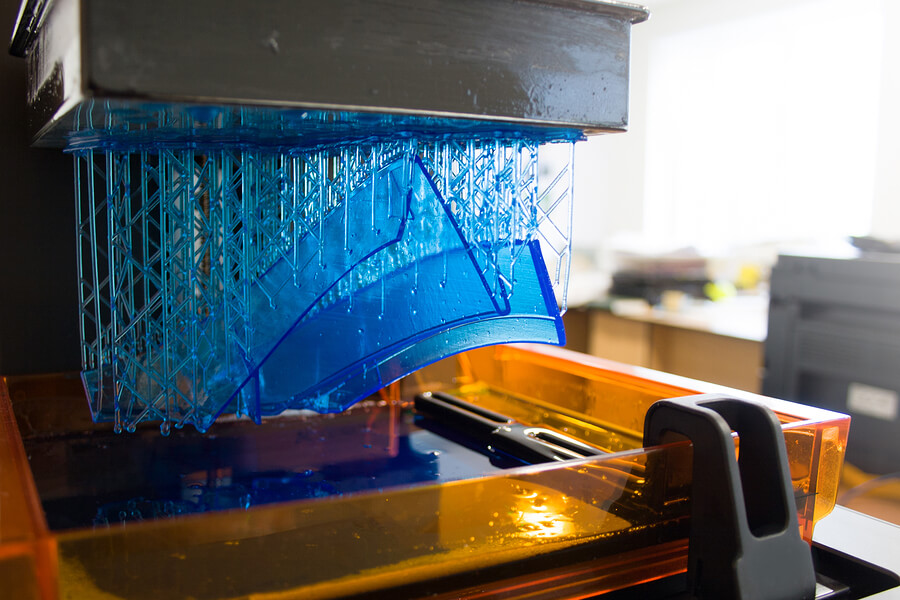There is no doubt in anyone’s mind that automation in literally every industry will be revolutionizing the way things are done going forward, from automated production lines with CNC Machining and Fabrication systems like those developed by JADE Engineering, to 3D printed homes which are being pioneered in several areas of the world. Heralded as one of the greatest innovations in the construction industry, there are a number of benefits to this technology which many experts believe will solve the housing crisis on a global level once and for all. It only takes understanding even a few of the advantages to know that there will come a point in time when most homes will be built with the automation of 3D printers.
Speed Is a Definite Plus
In March of 2017, one innovative company, Apis Cor, demonstrated their ability to erect a home in just 24 hours. Imagine that, if you will. Traditionally it can take up to half a year or longer to build a home but 3D printers which are slightly over four metres in length can fabricate a home in just under a day’s time. If you were to spend a day going through the news in countries like England, you’d find that one of the main reasons for the housing crisis is the inability to build homes quickly enough to meet demand. It isn’t a lack of finances but rather the time it takes to construct homes from the ground up.

Low-Cost Solutions for Rapidly Rising Prices of Homes
Estimates vary when it comes to the cost of labour on a new build, but one thing is certain; the cost of new homes would fall dramatically if they were fabricated with 3D printers. Some builders state that labour costs account for approximately one-third of the total production costs whilst others list labour costs as high as 60 percent. If most of that cost could be avoided, you can imagine how quickly the cost of new builds and home extensions would drop.
Housing the Homeless
One of the main reasons why so many governments claim they have a severe housing crisis is the fact that there are simply no funds to build homes for the needy. According to some analysts, the advent of 3D printed homes would enable governments to build shelters for the less fortunate at a much lower cost than providing financial benefits over the course of a lifetime. Now consider the fact that financial assistance is limited to developed nations, for the most part. Developing nations have fewer resources and so their populations go underserved. In this regard, 3D printers can signal the end of homelessness even within the next few decades.
In the end, this is a whole new arena for architects and engineers alike. It is quite possible that in the future, these two industries will focus much more heavily in the area of automation and 3D printing in university and as time goes on, the technology will advance as a result. Not only will the underserved be housed, but the average home buyer can expect to spend less when stepping on the housing ladder. This is why many believe 3D printing in homebuilding is the way of the future.


